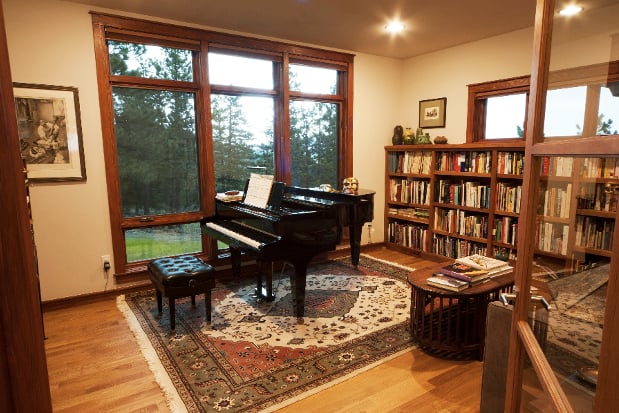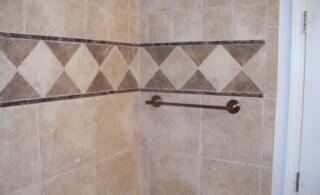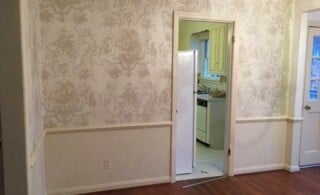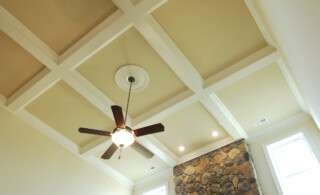
Unless of course, everybody in your home goes to bed at exactly the same time every night, nobody plays a musical instrument, has a quality stereo, or sings in the shower—although being able to hear your spouse belt out Bonnie Tyler’s “Total Eclipse of the Heart” has its own unique value. There are several different techniques to soundproof a room and each serves a different noise reduction function. To provide basement soundproofing is a different project than keeping the master bedroom insulated from a guest or kid’s bedroom.
Soundproof from the Start
One of the simplest and most effective ways to control sound is to stagger doorways to keep them from facing one another. When doors are directly across from one another in a hallway it acts as a two-way funnel of sound that can reverberate sound throughout the entire house. Of course, there’s not a whole lot you can cheaply do about this after your house has been built. Even high quality insulation in your walls won’t provide a solid sound barrier if your wall studs are connected between rooms. If there’s any chance you’ll want soundproofing in your home, you should install the drywall with the studs already separated. Obviously, it’s going to cost you a lot more later to knock the drywall down.
Ceilings and Floors: Stop the Squeak
Whether you need basement soundproofing or soundproofing for your second story, older homes frequently have trouble with squeak floors. The creepy sound of footsteps can be particularly distracting to many homeowners. Ceiling noise from squeaking flooring above can be halted by tearing down the ceiling and woodscrewing triangular wood strips to the flooring above and to the joists. Liquid adhesive also helps to keep the flooring from moving and to stop the squeaking.
Replacement Windows and Frames
Another important step to soundproofing a room is replacement windows and frames. This step is crucial if much of the noise that enters a room comes from the outside. Double or triple paned windows will stop that noise from your neighbor’s party or street traffic. Avoid metal framing. Vinyl or wood will help further deaden the sound. If you’re still having trouble, you can also always install interior window shutters and throw a piece of soundproofing matting into the window when the noise becomes a problem.
Ready to start your Soundproofing Project?
Find ProsMake a Budget and Design a Plan
Completely soundproofing an entire home can be an expensive project and is usually unnecessary. Identify where your biggest noise problems are coming from. New insulation may be sufficient in one room, the studs may need to be separated in another room, and the replacing the windows in a third room may make the most sense. You may also want to talk to an insulation contractor and explain the exact nature of the noise problem and see what he or she recommends.
 Decorative Moldings: The Perfect Cover-up
Decorative Moldings: The Perfect Cover-up  Ceiling Mirrors – Considerations, Types & Options
Ceiling Mirrors – Considerations, Types & Options  The Basics of Ceramic Wall Tile Installation
The Basics of Ceramic Wall Tile Installation  Wallpaper Prep
Wallpaper Prep  Coffered Ceilings Add Value to Home
Coffered Ceilings Add Value to Home 

Are You Familiar With This Topic? Share Your Experience.